Permaculture - Phytosanitary plants and getting minerals from deep soil layers (Lesson 7 + contest)
Intro
As a person who loves permaculture and learns about it for years, I have decided to share with you all my knowledge gained during the volunteers on many farms from Poland and Spain to Chile and Paraguay and during my theoretical studies. Lessons will be published regularly, I share it totally for free of CC-0 license (which means you can copy my text and share it wherever you want to, without the need to mark me as an author). I hope it will bring you joy.
Lesson 1- manure and liquid manure
Lesson 2 - types of manure and when to use it
Lesson 3 - Compost. Basics
Lesson 4 - advanced composting
Lesson 5 - Liquid composts, solutions, infusions, decoctions and extracts
Lesson 6 - Green manure. Plants that contribute to nitrogen fixation
LIST OF PHYTOSANITARY PLANTS
Phytosanitary plants work positively mainly by emitting exudates from the roots that kill or repel various pests and parasites. A positive effect can be seen during the entire growth period of the plant and for a season or two after cutting. It is worthwhile to parcel the phytosanitary plants in the garden so that they are present in the garden all the time, protecting the nearby vegetables and fruits from any diseases.
Marigold:
- removes nematodes from the soil
- food plant, flowers used as a spice and dye, among others in the Caucasus
- high aesthetic value
- do not plant before and after plants from family Asteraceae
White Mustard:
- it is sown in spring or summer and mowed after 2-3 months (at the time of flowering or before)
- it grows best on permeable, sandy-clay soils with a reaction as close to neutral as possible, but has low soil requirements and tolerates drying well
- do not sow plants from the cabbage family directly after
- reduces the development of fungi, nematodes, and wireworms (click beetles). Slows down the growth of unwanted weeds
- binds mineral nitrogen from the soil more efficiently than other plants but does not bind nitrogen from the air
- can be sown with blue phacelia, lupine, sunflower, serradella and vetch.
- honey plant
Buckwheat:
- it is sown in summer and mowed after 1-3 months, before flowering
- enriches the soil with calcium and nitrogen, which is extracted from the deeper layers of the earth
- tolerates acid soil
- helps to fight with nematodes, scarab beetles, and cutworms
- produces a routine hormone that slows down weed growth
- honey plant, fodder plant, food plant
- a species sensitive to low temperatures
- do not plant knotweed vegetables right after (sorrel, rhubarb, etc.)
- mix with flax, peas, phacelia, serradella, rye, sunflower
Yellow Melilot
- deters rodents, produces coumarins that repel mice and voles
- honey plant
- dried and left in the wardrobe, it repels moths
Winter Agrimony:
- do not plant cabbage family right after
- for summer or winter catch crops, cut it off when it is about 20 cm high
- deeply loosens the soil (up to 150 cm) and enriches it with nitrogen, extracted from the deeper layers
- reduces the number of nematodes in the soil
- resistant to cold, but hates drought
Oilseed Radish:
- do not plant cabbage family right after
- good for summer catch crops
- deeply loosens the soil (up to 150 cm) and enriches it with nitrogen, extracted from the deeper layers
- reduces the number of nematodes in the soil
- does not like acidic, dry, or wet soil
- it is frost resistant
- cut it off when it is about 20 cm high
Sunflower
- any variety is suitable, but dwarf sunflowers are the best for green manure
- summer catch crop
- can be planted with peas
- best to cut off in the full flower
- honey and ornamental plant
- do not plant Asteraceae family right after
- sometimes it's difficult to cut it off because the stalks easily become woody
- excellent for removing nematodes from the soil
Rye:
- forecrop, summer catch crop, winter catch crop
- cut off when it reaches a height of 10-20 cm
- provides nitrogen from the deeper layers of the soil and increases the amount of humus, improves the structure
- it can dry out the soil, watch out for the humidity
- requires a lot of water, but has low soil and thermal requirements
- inhibits the growth of weeds
SELECTED PLANTS THAT ARE GETTING MINERALS FROM DEEP SOIL LAYERS
To fertilize your soil, you can sow some of the plants with the deep root system. They are getting minerals from the deeper layers of the soil and after cutting them off and leaving them in the garden to decompose, you will bring all that minerals on the top, available for your fruits and vegetables. Not every plant with deep roots can use every mineral so it is important to know what plants can bring back to our garden the minerals which we need in a moment.
Phacelia
- sowing from the beginning of spring to the beginning of autumn (perfect for summer catch crops)
- mowing can be done after 1-3 months when it is fully flowering
- honey plant
- perfect for vegetable gardens, because it does not belong to the same family as any of the vegetables, ergo you can plant everything you want after it
- it grows in all types of soil, except very acidic or waterlogged
- ornamental plant
- you can sow with mustard, lupine, sunflower, serradella, and vetch
- extracts nitrogen from the deeper layers of the earth
Medick:
- sowing from spring to summer
- does not like acidic, poor, and wet soils, pH 6.0-7.0
- resistant to drought, sensitive to frost
- mow and dig while it is fresh and green, usually in late summer and autumn
- enriches the soil with macroelements, nitrogen, and calcium from the deeper layers of the earth
- the Black Medick is not ready for mowing until the next year
Oat
- seeds can be mixed with horse bean, yellow lupine, and grasshopper
- very tolerant to soil conditions and weed infestation, which makes it an ideal green fertilizer in newly established gardens
- requires keeping the soil moist
- enriches the soil with nitrogen, obtained from the deeper layers, increases the number of microorganisms in the soil
- tolerates frosts well
- produces large amounts of green mass
- can be mowed and dug at any time, but preferably when it reaches 20-30 cm
- do not plant legumes right after
The Blood Amaranth:
- summer catch crop
- it provides a lot of humus and increases the number of microorganisms in the soil
- cut off while has full flowers
- thermophilic, does not tolerate frost
Common Milkweed
- used in herbal medicine
- lures butterflies to the garden
- honey plant
- a very intense and pleasant fragrance
- You can make fibers and linen of it
- poisonous to farm animals, don't feed them with it
- does not bind nitrogen from the air, but extracts it from the deeper layers of the soil
Italian ryegrass:
- winter catch crop
- can be mixed with e.g. a hairy vetch
- supplies nitrogen from the deeper layers of the soil and increases the amount of humus
- requires good soil and lots of water
- cut off in the spring, when the soil thaws
Other plants and the nutrients they accumulate
| Plant | N | P | K | Ca | S | Mg | Mn | Fe | Cu | Co | Zn | Si |
|---|---|---|---|---|---|---|---|---|---|---|---|---|
| Alfalfa | + | - | - | - | - | - | - | + | - | - | - | - |
| Bulrush | + | - | - | - | - | - | - | - | - | - | - | - |
| Clover | + | + | - | - | - | - | - | - | - | - | - | - |
| Comfrey | + | - | + | + | - | + | - | + | - | - | - | + |
| Duckweeds | + | - | - | - | - | - | - | - | + | - | + | - |
| Fennel | + | + | - | - | - | - | - | - | - | - | - | - |
| Lamb's Quarters | + | + | + | + | - | - | + | - | - | - | - | - |
| Liquorice | + | + | - | - | - | - | - | - | - | - | - | - |
| False Acacia | + | - | + | + | - | - | - | - | - | - | - | - |
| Lupin | + | + | - | - | - | - | - | - | - | - | - | - |
| Nettle | + | - | + | + | + | - | - | + | + | - | - | - |
| Primula | + | - | - | - | - | - | - | - | - | - | - | - |
| Nicotiana | + | - | - | - | - | - | - | - | - | - | - | - |
| Vicia | + | + | + | - | - | - | - | - | + | + | - | - |
| Yarrow | + | + | + | - | - | - | - | - | + | - | - | - |
| Watercress | - | + | + | + | + | + | - | + | - | - | - | - |
| Walnut | - | + | + | + | - | - | - | - | - | - | - | - |
| Plumeless thistles | - | + | + | - | - | - | - | + | - | - | - | - |
| Sorrels | - | + | - | + | - | - | - | - | - | - | - | - |
| Canola | - | + | - | + | + | - | + | - | + | - | + | - |
| Amaranthus | - | + | + | + | - | - | - | + | - | - | - | - |
| Mustard | - | + | - | + | + | - | + | - | + | - | + | - |
| Meadowsweet | - | + | - | + | + | + | - | + | - | - | - | - |
| Marigolds | - | + | - | - | - | - | - | - | - | - | - | - |
| Lemon Balm | - | + | - | - | - | - | - | - | - | - | - | - |
| Shagbark Hickory | - | + | + | + | - | - | - | - | - | - | - | - |
| Cornelian cherry | - | + | + | + | - | - | - | - | - | - | - | - |
| Bitter dock | - | + | + | + | - | - | - | + | - | - | - | - |
| Dandelion | - | + | + | + | - | + | - | + | + | - | - | + |
| Chickweed | - | + | + | - | - | - | + | - | - | - | - | - |
| Matricaria | - | + | + | + | - | - | - | - | - | - | - | - |
| Persian Cumin | - | + | - | - | - | - | - | - | - | - | - | - |
| Buckwheat | - | + | - | - | - | - | - | - | - | - | - | - |
| Brake | - | + | + | - | - | - | + | + | + | + | + | - |
| Birch | - | + | - | - | - | - | - | - | - | - | - | - |
| Tansy | - | - | + | - | - | - | - | - | - | - | - | - |
| Silverweed | - | - | + | + | - | - | - | - | + | - | - | - |
| Summer Savory | - | - | + | - | - | - | - | - | - | - | - | - |
| Pursley | - | - | + | - | - | + | + | - | - | - | - | - |
| Peppermint | - | - | + | - | - | + | - | - | - | - | - | - |
| Parsley | - | - | + | + | - | + | - | + | - | - | - | - |
| Oak | - | - | + | - | - | - | - | - | - | - | - | - |
| Mullein | - | - | + | - | + | + | - | + | - | - | - | - |
| Field Horsetail | - | - | + | + | - | + | - | + | - | + | - | + |
| Apple tree | - | - | + | - | - | - | - | - | - | - | - | - |
| Beech | - | - | + | - | - | - | - | - | - | - | - | - |
| Borage | - | - | + | - | - | - | - | - | - | - | - | + |
| Carrot | - | - | + | - | - | + | - | - | - | - | - | - |
| Chicory | - | - | + | + | - | - | - | - | - | - | - | - |
| Chives | - | - | + | + | - | - | - | - | - | - | - | - |
| Coltsfoot | - | - | + | + | + | + | - | + | + | - | - | - |
| Flax | - | - | + | - | - | - | + | + | - | - | - | - |
| Toadflax | - | - | - | + | - | + | - | + | - | - | - | - |
| Sunflower | - | - | - | + | - | - | + | - | + | - | + | - |
| Shepherd's Purse | - | - | - | + | + | - | - | - | - | - | - | - |
| Small Burnet | - | - | - | + | + | + | - | + | - | - | - | - |
| Banana Tree | - | - | - | + | + | + | + | + | - | - | - | + |
| Clivers | - | - | - | + | - | - | - | - | - | - | - | - |
| Alyssum | - | - | - | + | - | - | + | - | - | - | + | - |
| Bentgrass | - | - | - | - | + | - | + | - | + | - | + | - |
| Willow | - | - | - | - | - | + | - | - | - | - | + | - |
| Pimpernel | - | - | - | - | - | + | - | - | - | - | - | - |
| Greater Burdock | - | - | - | - | - | - | + | - | - | - | - | - |
| Water Fern | - | - | - | - | - | - | + | - | + | - | - | - |
| Strawberry | - | - | - | - | - | - | - | + | - | - | - | - |
| Groundsel | - | - | - | - | - | - | - | + | - | - | - | - |
| Red Fescue | - | - | - | - | - | - | - | - | + | - | + | - |
| Valerian | - | - | - | - | - | - | - | - | - | - | - | + |
Contest
The winner of the previous homework contest are @sampu and @mukka - congratulations. As there were only two correct entries, I decided to reward both of you.
Answer in the comment questions I will ask you below to get the chance to gain a small reward. The best answer will get 5 STEEM. The contest lasts until the next lesson is published, so approximately 2 days.
- What plants used as green manure can help to transport the magnesium from the deeper layers of the soil?
- What is the phytosanitary plant? Explain shortly in your words
Thank you for reading,
@papi.mati
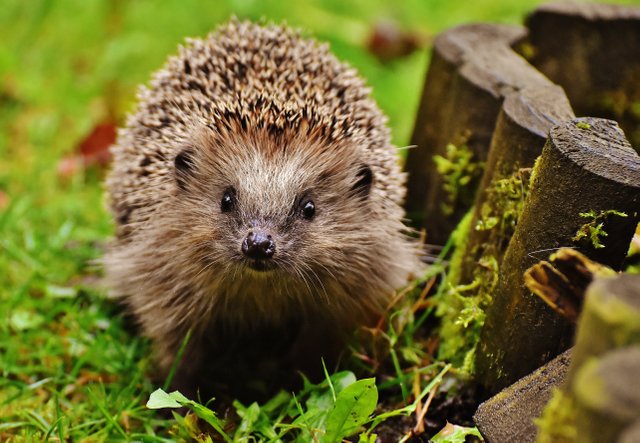
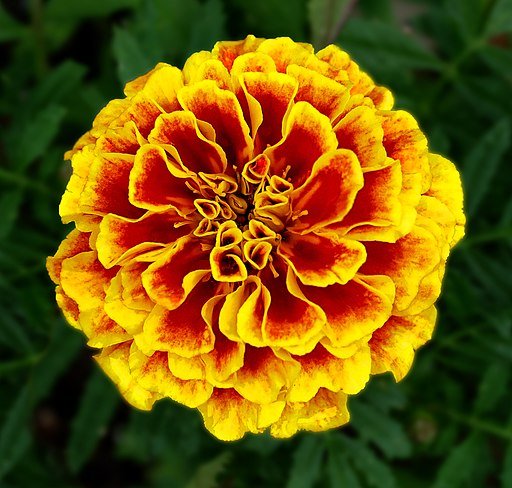
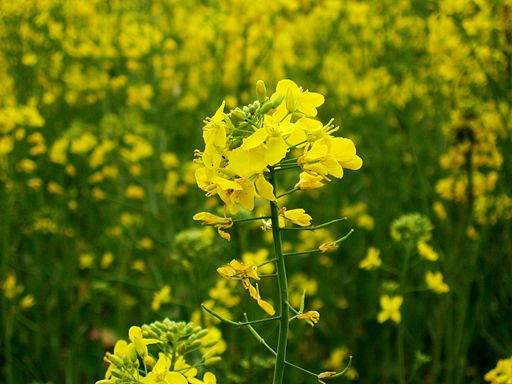
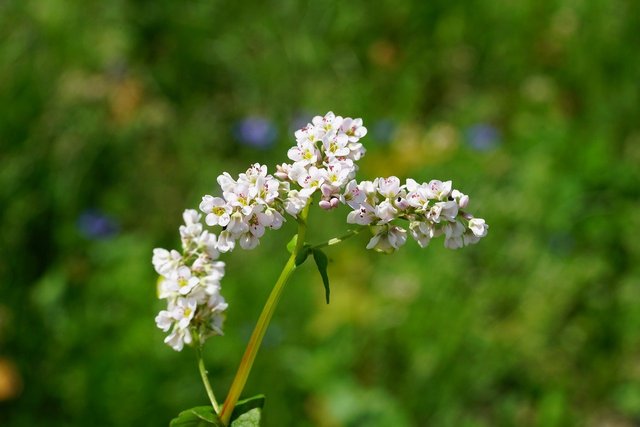
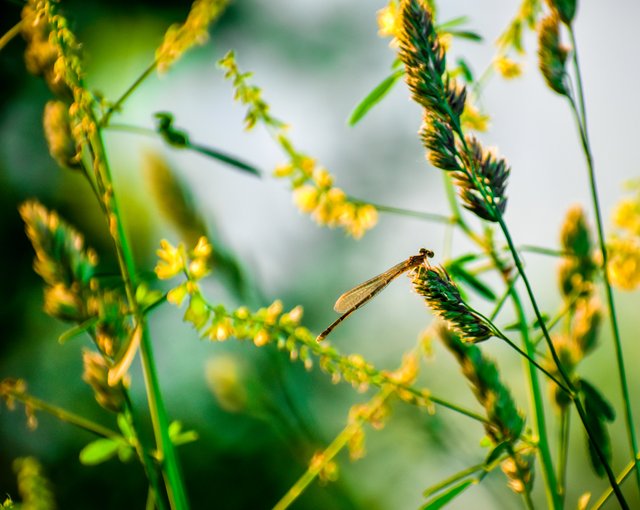
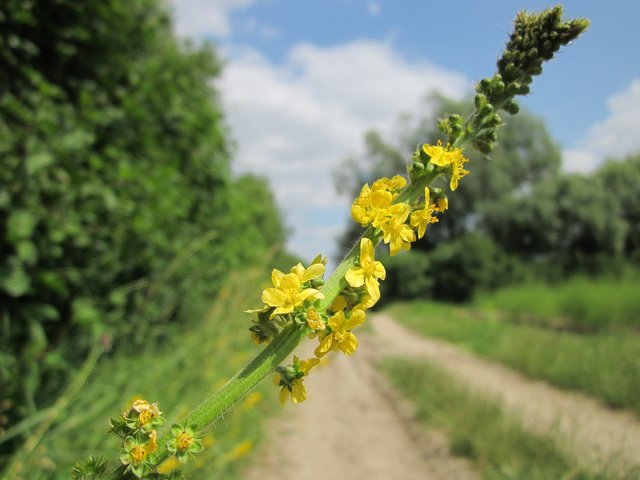
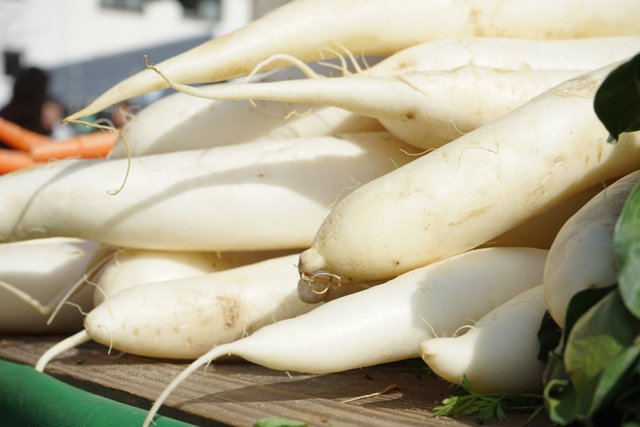
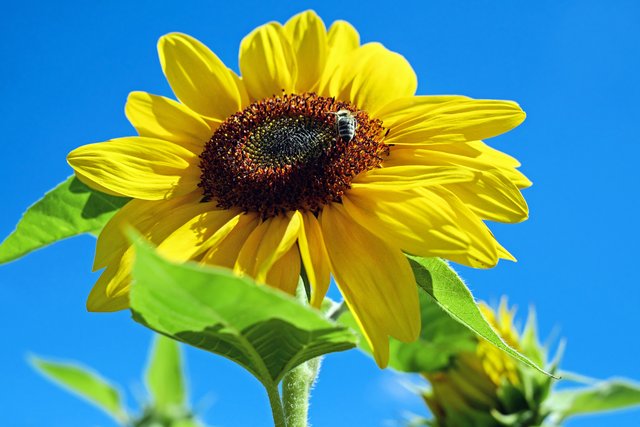
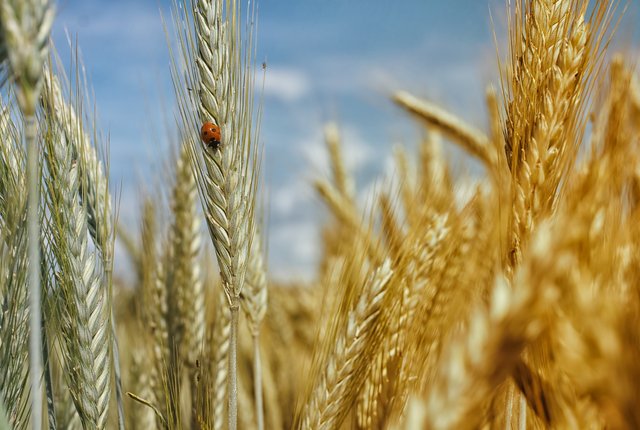
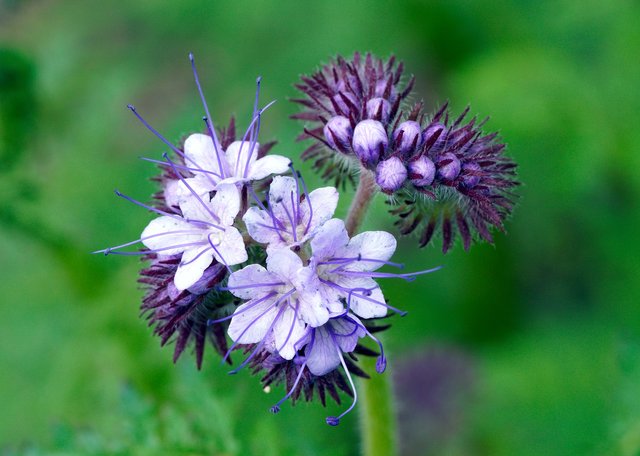
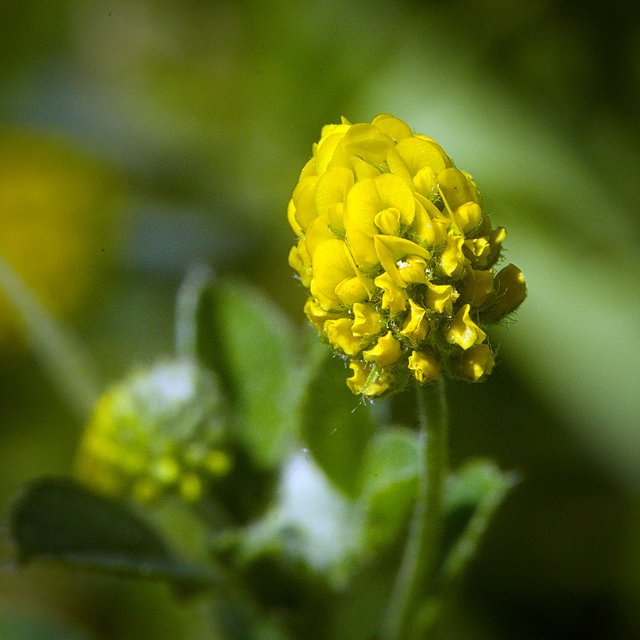
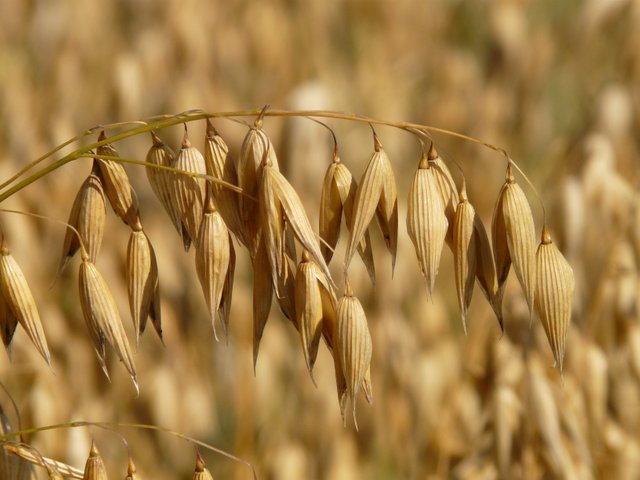
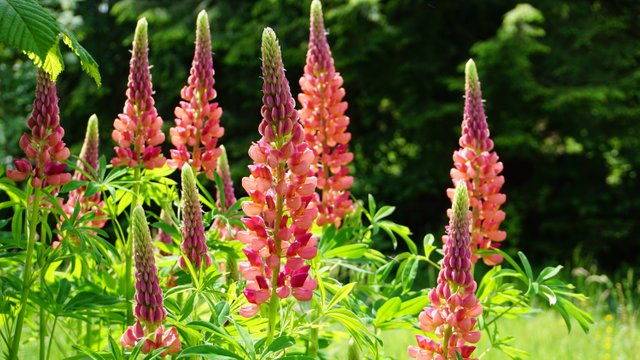
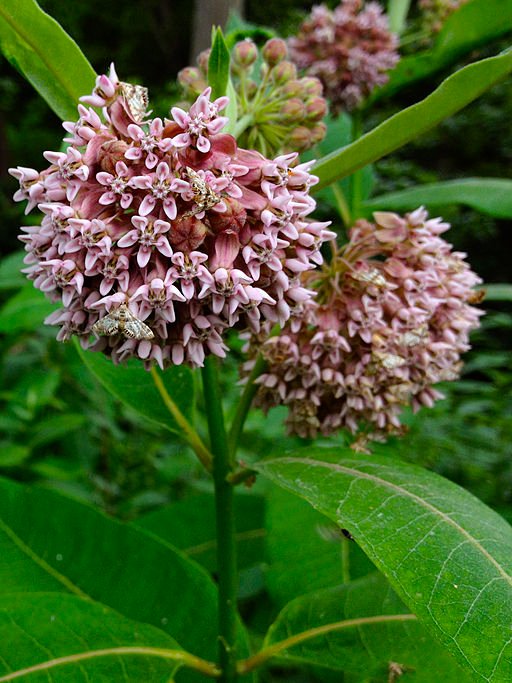
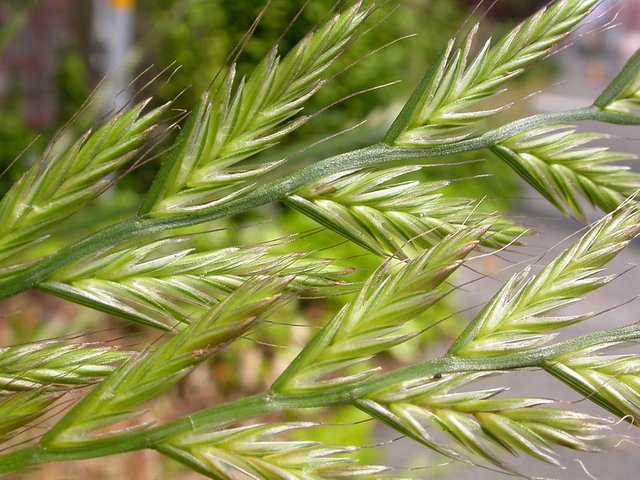
Congrats @sampu and @mukka! We hope you will stay with us in Steem Skillshare for longer :)
Congratulations, @sampu and @mukka
Thank [email protected]
Congratulation@sampu
Hello, @papi.mati, great lecture you have here. Here's my entry;
Question 1) What plants used as green manure can help to transport the magnesium from the deeper layers of the soil?
The plants that can help transport magnesium from the deeper layers of the soil includes:
Question 2) What is the phytosanitary plant? Explain shortly in your words
Phytosanitary plants are plants which gets rid of certain pests or parasites by emitting substances which are not favourable to the pests or parasites. This ability of the plants can be and has been harnessed, in terms of agriculture, to protect some desired plants from their respective pests or parasites. Examples includes, Marigold, white mustard, buckwheat etc.
Excellent post!! You are our great influencer
Thank you, my friend!
Congratulations!! Your post was submitted for Booming Support!!
<3 Thank you!